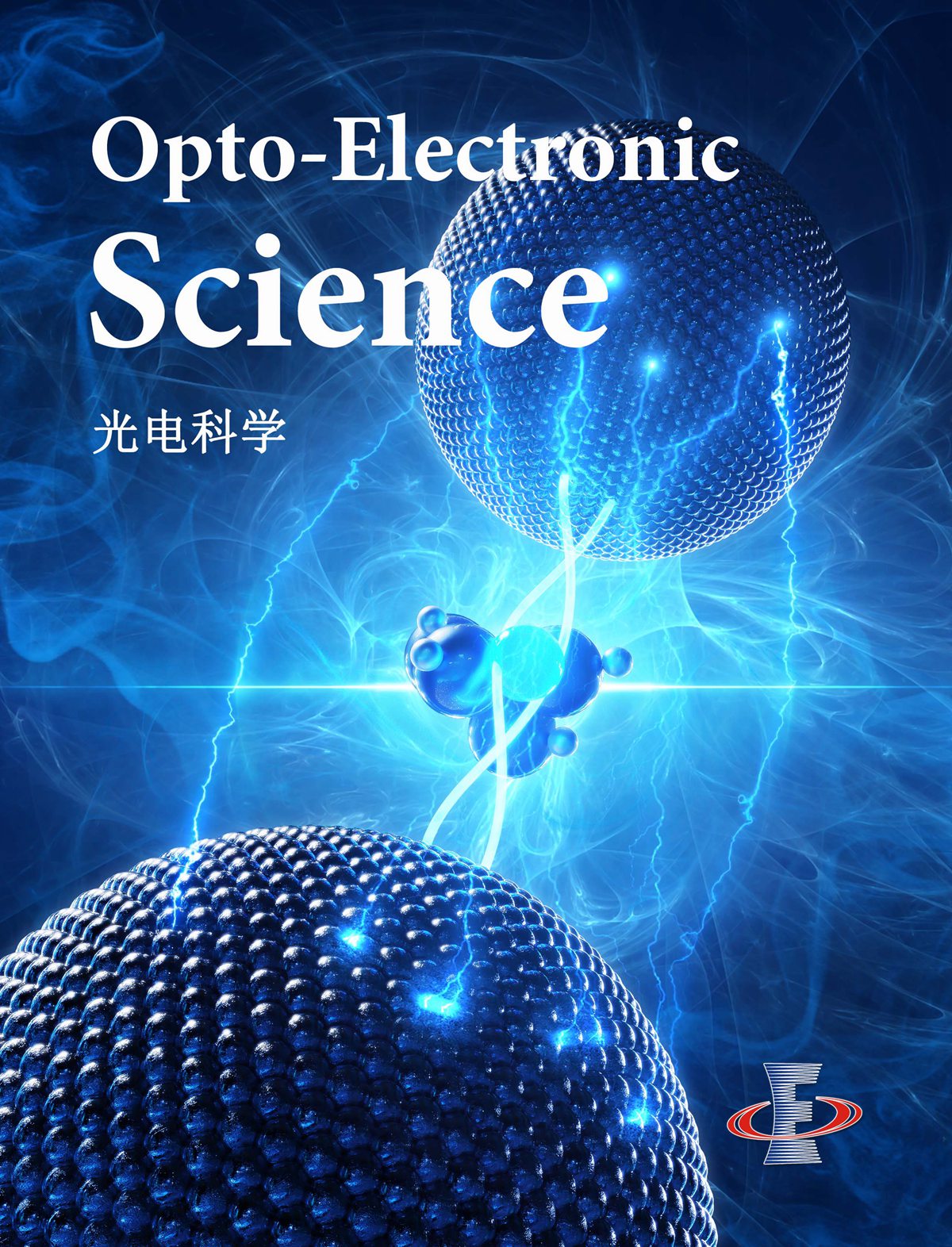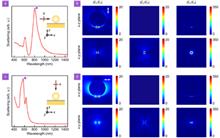 View fulltext
View fulltext
This paper presents a wide-bandwidth back-illuminated modified uni-traveling-carrier photodiode (MUTC-PD) packaged with standard WR-5 rectangular waveguide for high-speed wireless communications. With optimized epitaxy structure and coplanar waveguide electrodes, the fabricated 4-μm-diameter PD exhibits ultra-flat frequency response and high saturation power. Integrated passive circuits including low-loss bias-tee and E-plane probe are designed to package the PD into a compact module with waveguide output. The packaged PD module has demonstrated a flat frequency response with fluctuations within ±2.75 dB over a broadband of 140–220 GHz and a high saturated output power of ?7.8 dBm (166 μW) at 140 GHz. For wireless communication applications, the packaged PD is used to implement 1-m free space transmission at carrier frequencies of 150.5 and 210.5 GHz, with transmission rates of 75 and 90 Gbps, respectively.
Light–matter interactions in two-dimensional (2D) materials have been the focus of research since the discovery of graphene. The light–matter interaction length in 2D materials is, however, much shorter than that in bulk materials owing to the atomic nature of 2D materials. Plasmonic nanostructures are usually integrated with 2D materials to enhance the light–matter interactions, offering great opportunities for both fundamental research and technological applications. Nanoparticle-on-mirror (NPoM) structures with extremely confined optical fields are highly desired in this aspect. In addition, 2D materials provide a good platform for the study of plasmonic fields with subnanometer resolution and quantum plasmonics down to the characteristic length scale of a single atom. A focused and up-to-date review article is highly desired for a timely summary of the progress in this rapidly growing field and to encourage more research efforts in this direction. In this review, we will first introduce the basic concepts of plasmonic modes in NPoM structures. Interactions between plasmons and quasi-particles in 2D materials, e.g., excitons and phonons, from weak to strong coupling and potential applications will then be described in detail. Related phenomena in subnanometer metallic gaps separated by 2D materials, such as quantum tunneling, will also be touched. We will finally discuss phenomena and physical processes that have not been understood clearly and provide an outlook for future research. We believe that the hybrid systems of 2D materials and NPoM structures will be a promising research field in the future.










